Walter is a small form-factor IoT system-on-module which combines the powerful ESP32-S3 processor with a 5G modem and GNSS receiver. On top of the ESP32-S3’s many built-in peripherals, such as UART, SPI, I2C, CAN, Wi-Fi b/g/n, and Bluetooth 5, Walter also boasts the second-generation Sequans GM02SP LTE-M/NB-IoT 5G modem and GNSS receiver.
The Walter module can be used for both prototyping and production, as it will be certified for FCC, CE, Australia SDoC, and New Zealand SDoC. Besides the certifications I have selected components which have a 10-year availability guarantee. This makes this project a uniquely reliable building block for IoT applications.
Walter has a built-in Wi-Fi and Bluetooth antenna, and relies on external antennas for optimal LTE-M/NB-IoT and GNSS operation. There are two u.FL connectors especially for this purpose. I choose Taoglas as the supplier of the external antennas because of their quality and ten-year availability guarantee. The antennas are designed to be stuck onto a product case.
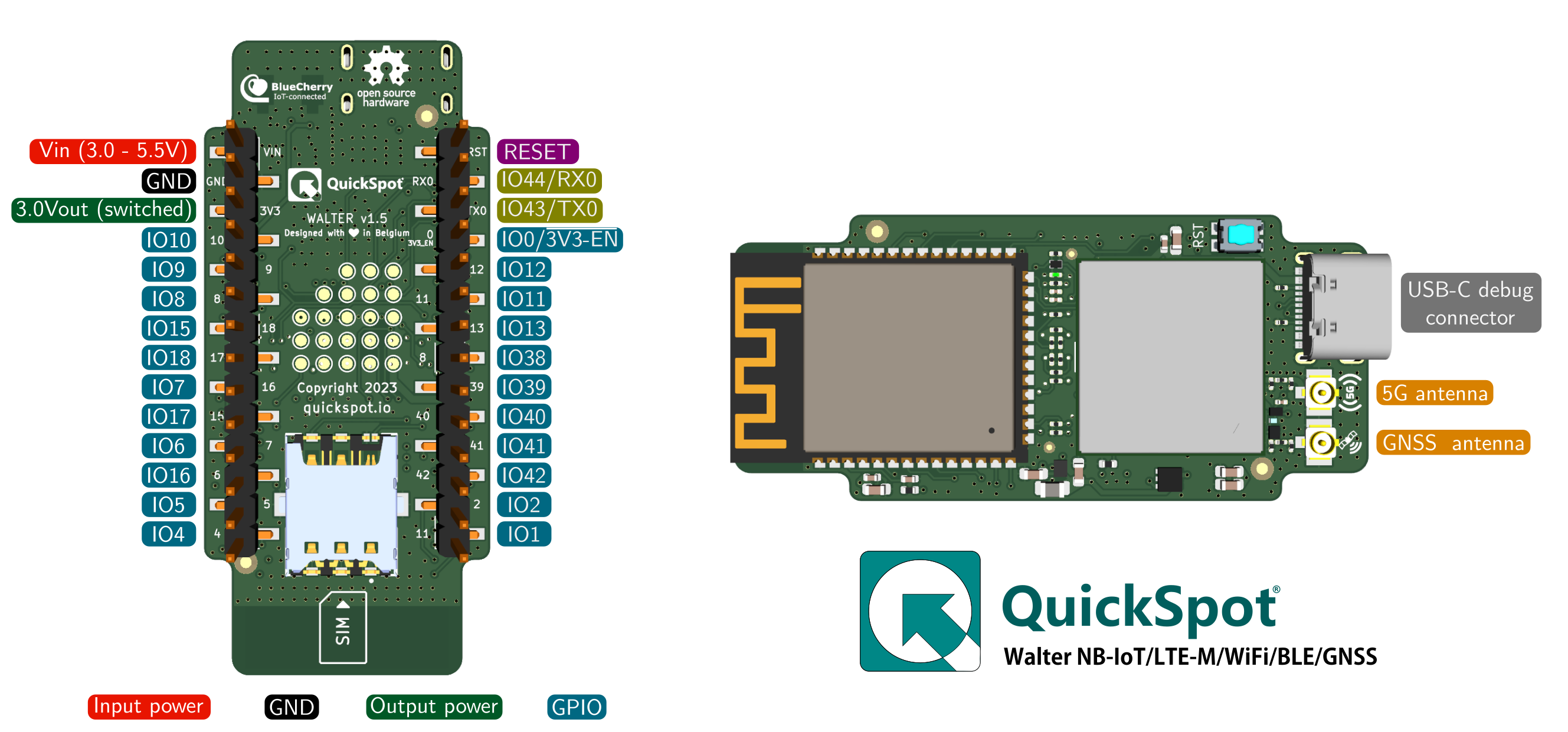
Features & Specifications
- ESP32-S3-WROOM-1-N16R2 microcontroller:
- Xtensa dual-core 32-bit LX7 CPU
- 16 MiB quad SPI flash memory
- 2 MiB quad SPI PSRAM
- 150 Mbps 802.11 b/g/n Wi-Fi 4 with on-board PCB antenna
- 2 Mbps Bluetooth 5 Low Energy with on-board PCB antenna
- Sequans GM02SP 5G modem:
- Dual-mode LTE-M / NB-IoT (NB1, NB2)
- 3GPP LTE release 14 (upgradeable up to release 17)
- Ultra-low, deep-sleep mode in eDRX and PSM
- Adaptive +23 dBm, +20 dBm and +14 dBm output power
- Integrated LNA and SAW filter for GNSS reception
- Assisted and non-assisted GNSS with GPS and Galileo constellations
- Integrated SIM card
- Nano SIM card slot
- u.FL RF connectors for GNSS and 5G antennas
- Inputs & outputs:
- 24 GPIO pins for application use
- UART, SPI, I2C, CAN, I2S, and SD available on any of the GPIO pins
- ADC, DAC, and PWM integrated in ESP32-S3
- 3.3 V software-controllable output
- USB Type-C connector for flashing and debugging
- 22 test points for production programming and testing
- On-board reset button
- Power supply
- 5.0 V via USB Type-C
- 3.0 - 5.5 V via Vin pin
- Not allowed to use both power inputs simultaneously
- Designed for extremely low quiescent current
- Form factor
- Easy to integrate via 2.54 mm headers
- 55 mm x 24.8 mm board dimensions
- Pin- and footprint-compatible with EOL Pycom GPy
- Breadboard friendly
- Software
- Libraries for the Espressif IDF
- Libraries for the Arduino ecosystem
- Libraries for the Micropython
- Future support and libraries for Toit
- Natively supported in the BlueCherry.io IoT platform
- We are open to other suggestions
- Certifications
- Industrial temperature range of -40°C to +85°C
- Pending certification for CE, FCC, Australia and New Zealand
- Designed and manufactured in the European Union
- Ten-year availability guarantee
- CE (EU), FCC (US), SDoC (AU), SDoC (NZ)
 Daan Pape
Daan Pape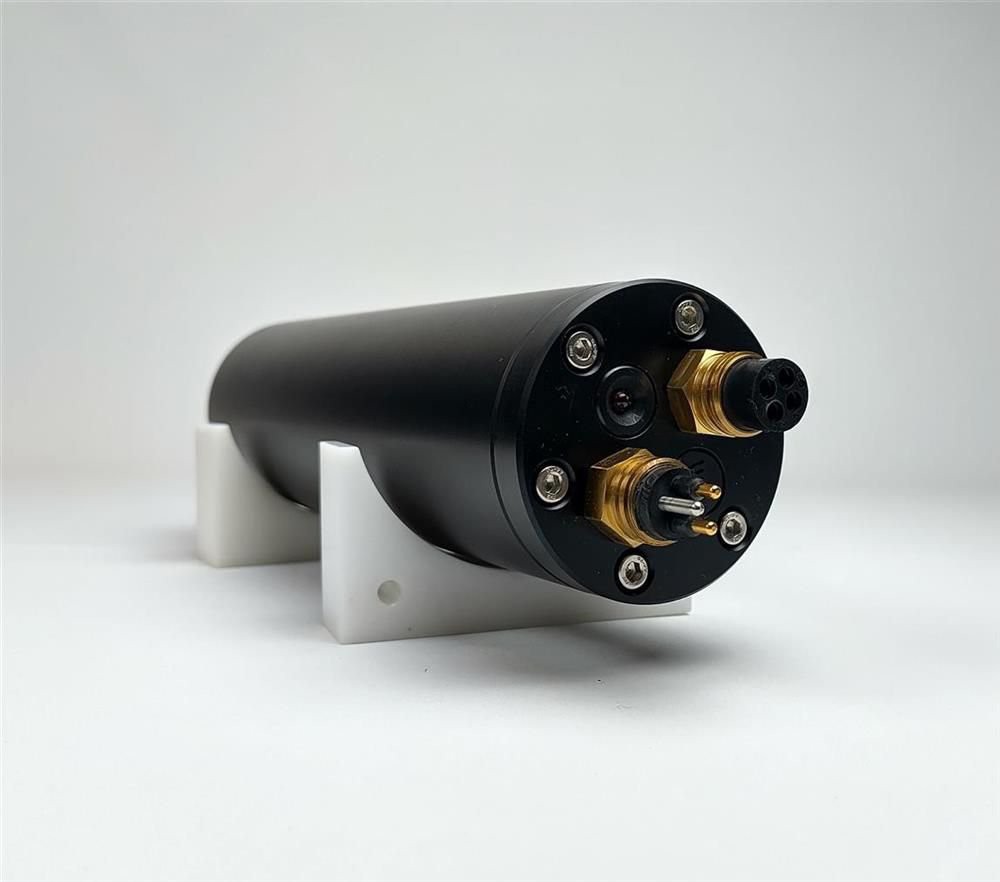
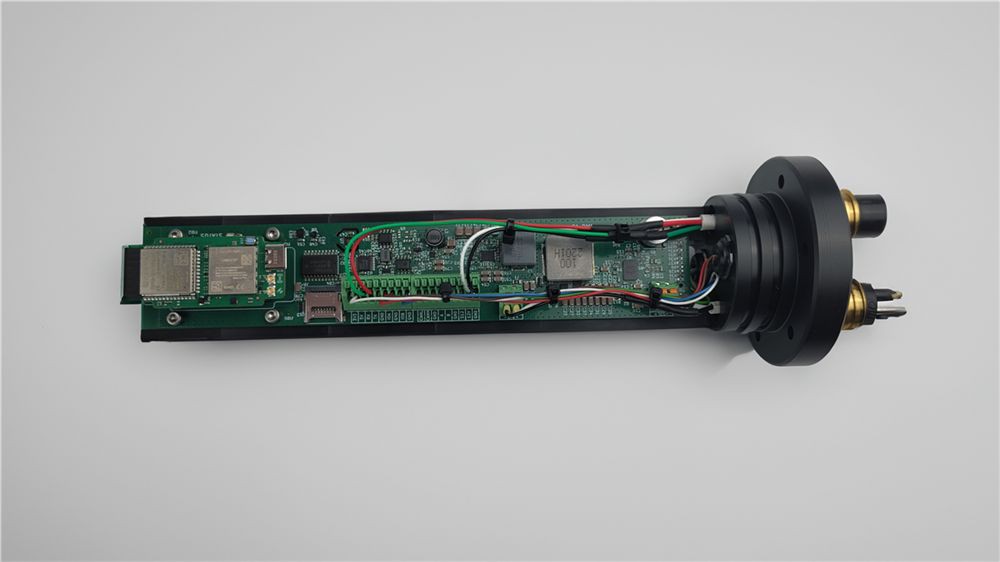
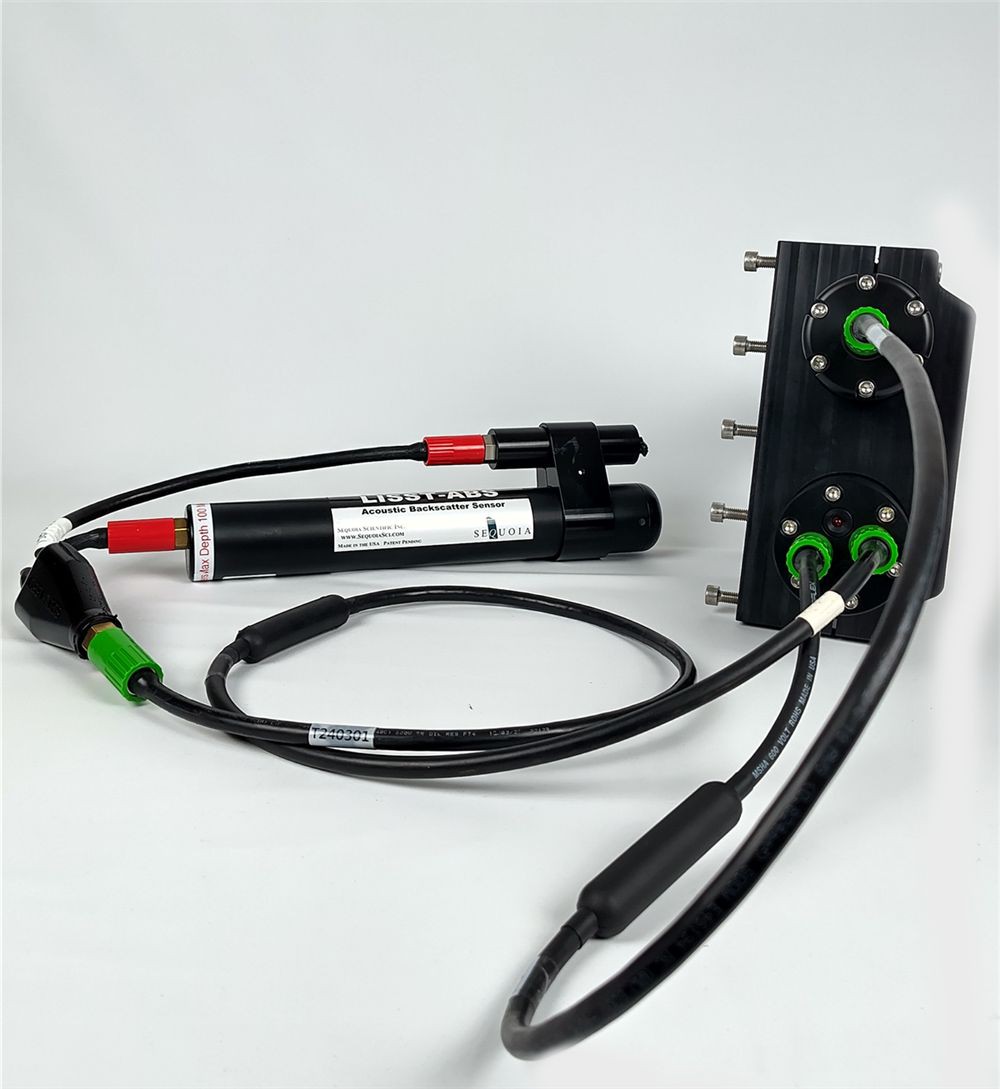
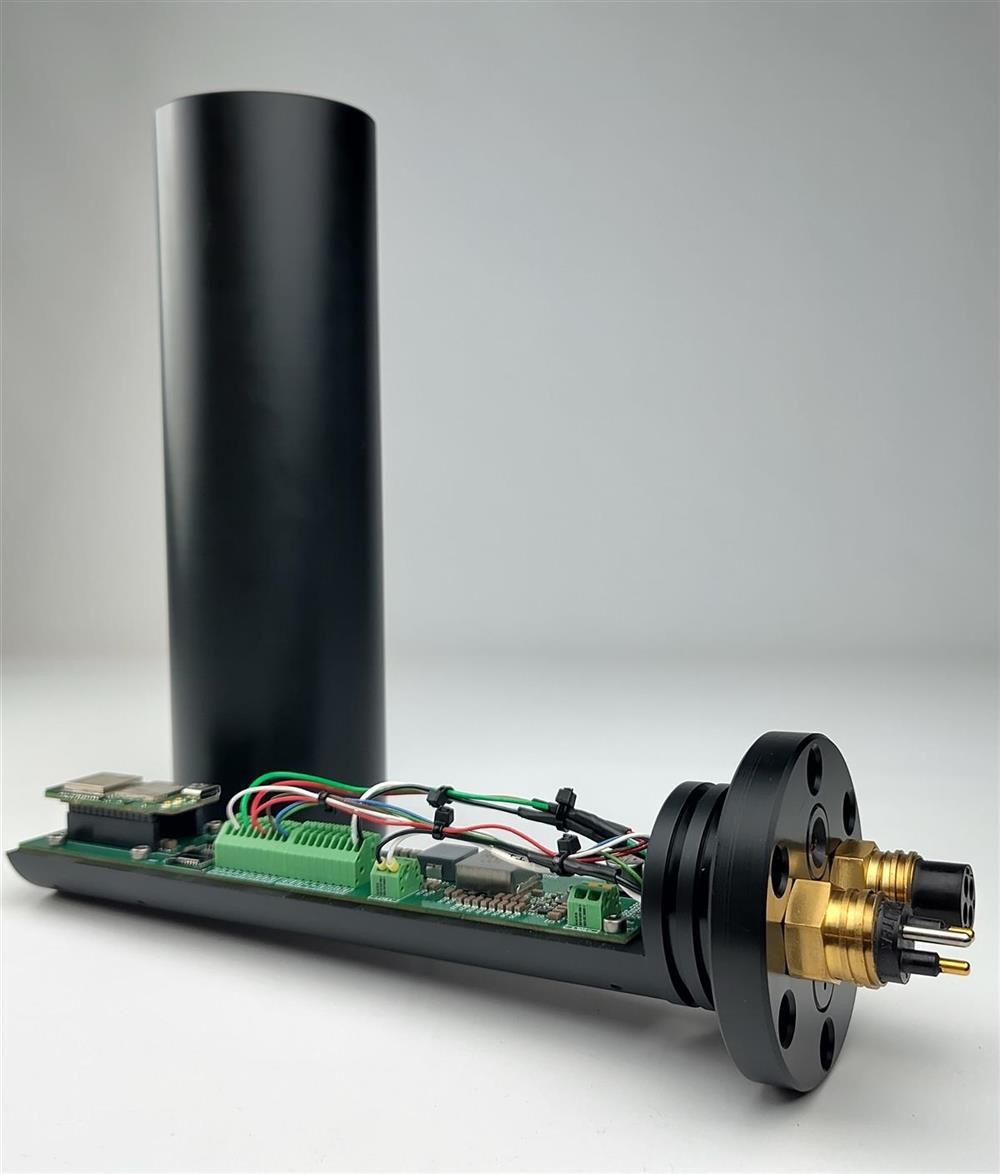
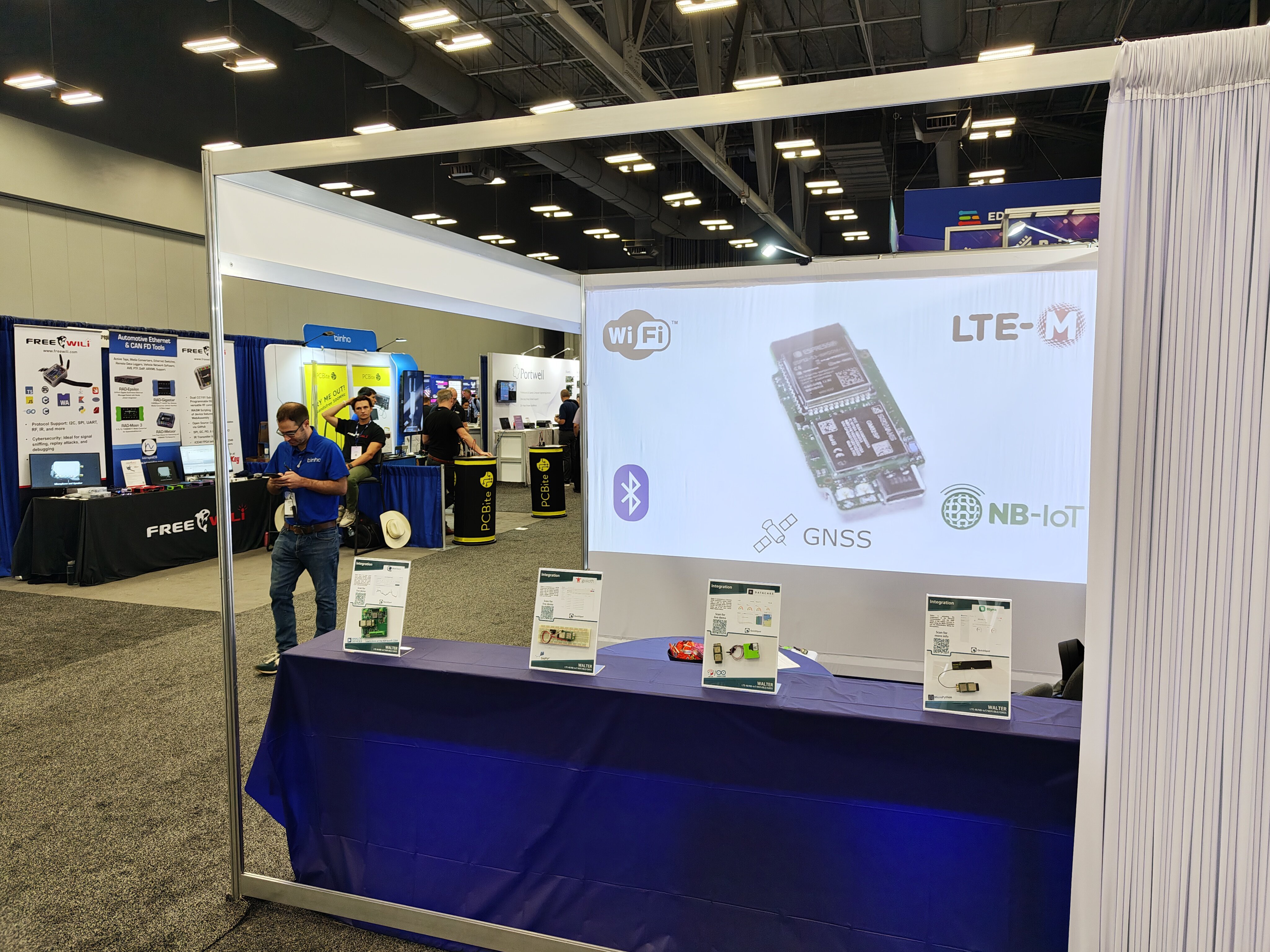
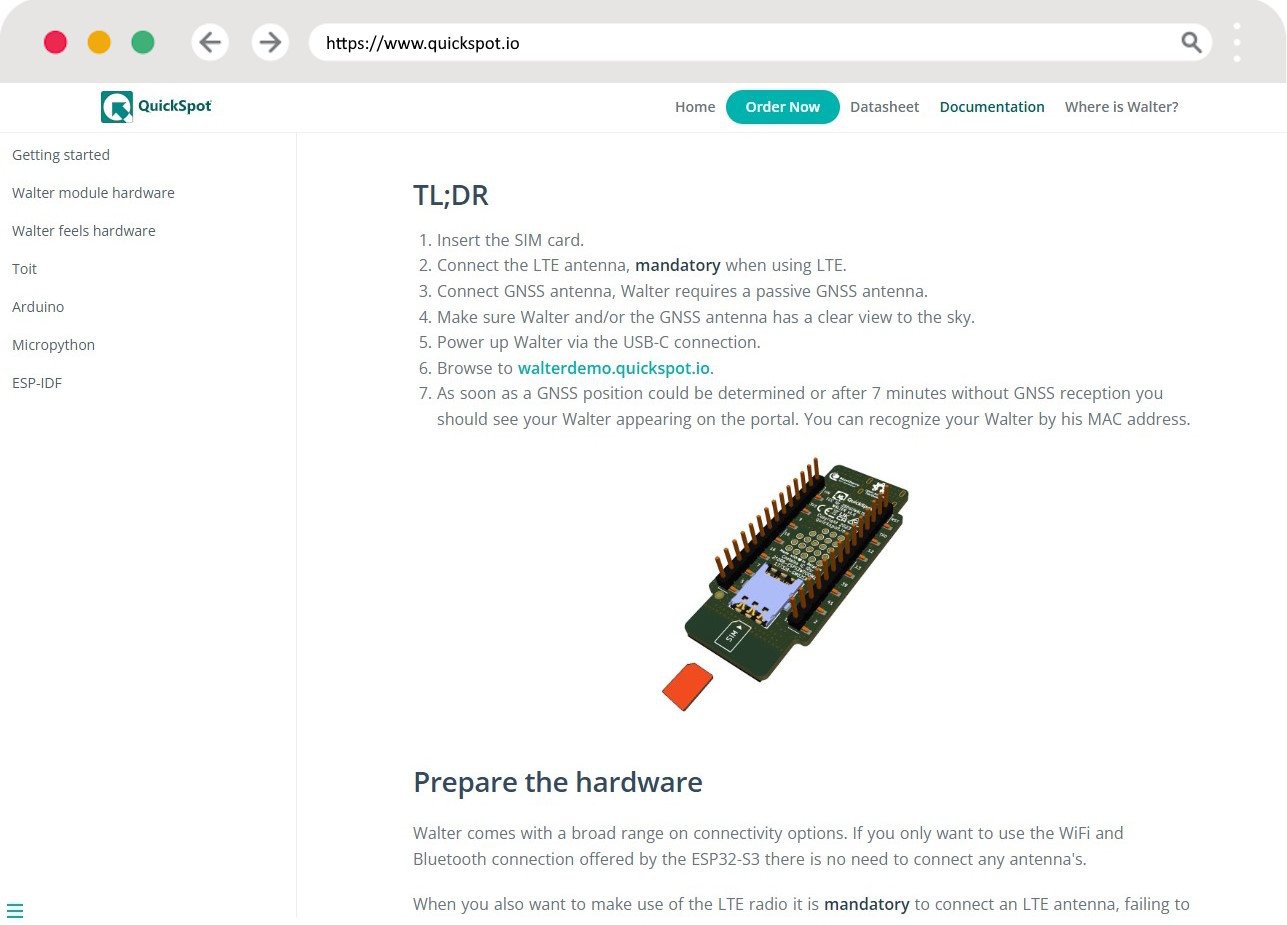
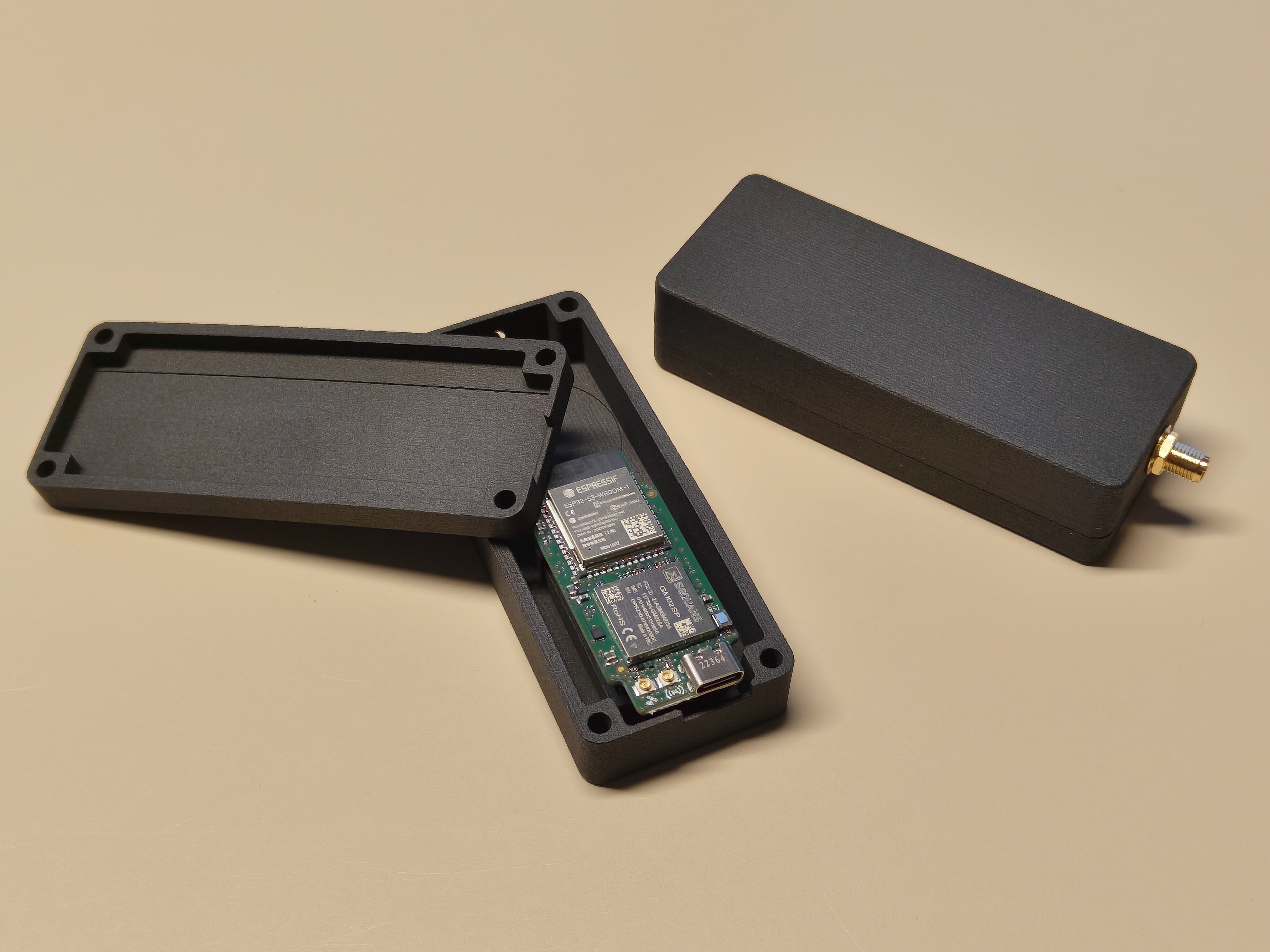
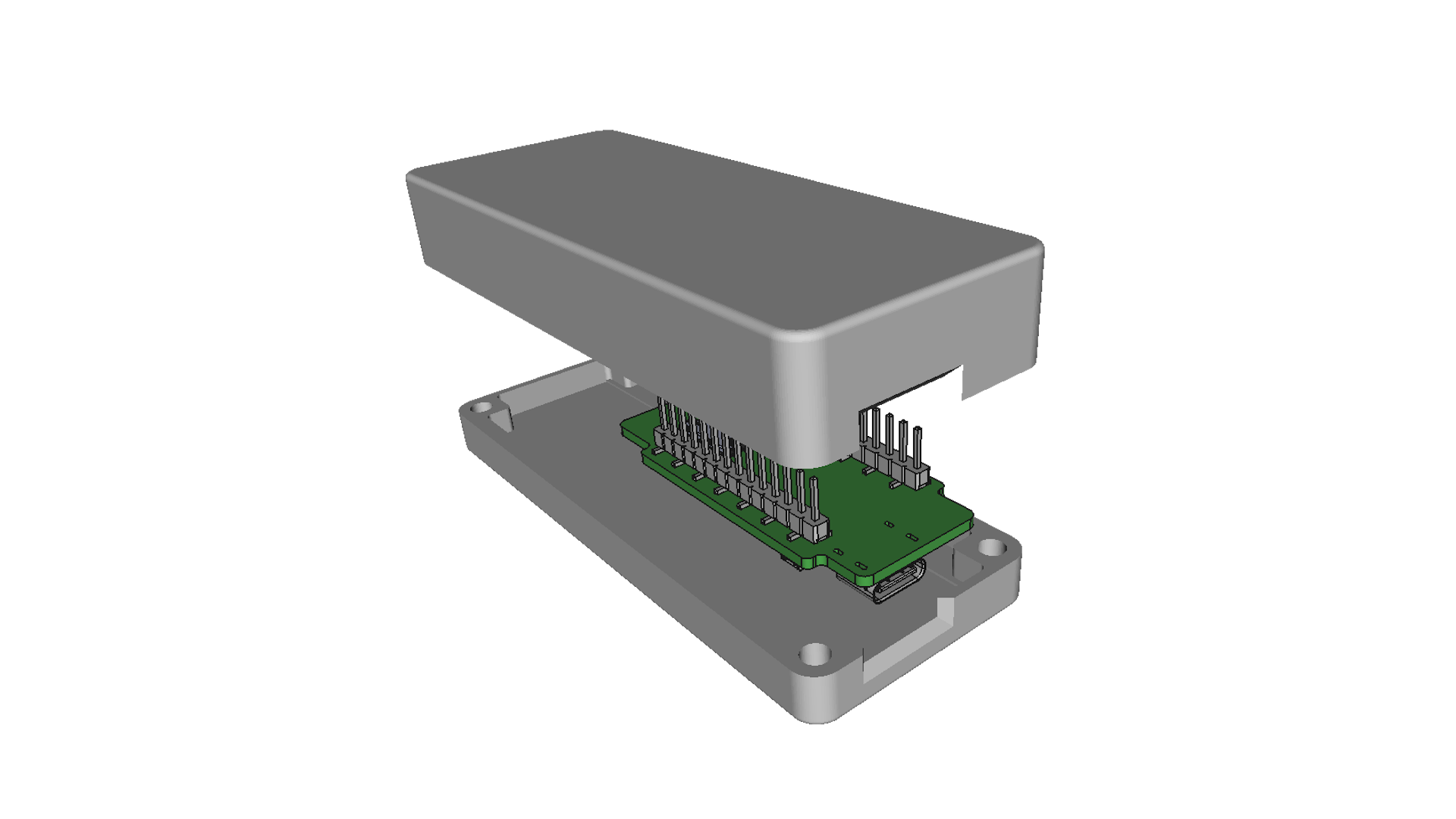



The project sounds very promising and addresses a common issue by providing access to SIM cards supporting NB-IoT or LTE-M connectivity for private individuals. The collaboration with Soracom for the online order portal is a significant advantage, and the availability of individual SIM cards with excellent roaming agreements and power consumption is impressive. The progress so far, including the refinement of design and the manufacturing plan, along with monitoring Walter's performance in various applications with beta testers worldwide, suggests a solid approach. Good luck with the campaign on Crowd Supply!